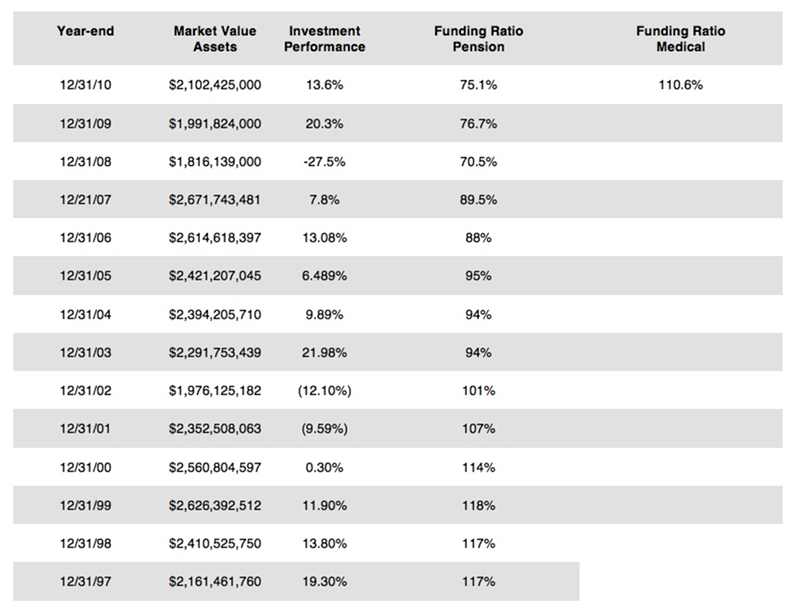A state appeals court today rejected a lawsuit filed by city of Cincinnati retirees who claimed promised healthcare benefits were illegally reduced in 2010. Before the cuts, retirees did not have to pay-out-of-pocket expenses and deductions for prescriptions and medical care. The city shifted some costs of the pension health package to the ex-workers under an ordinance enacted to shore up its pension plan, which is still under financial stress. The appeals court said it saw no records guaranteeing ex-city employees set benefits at the time they retired.
The 1st Ohio District Court of Appeals released its decision this morning, just a few hours after one of the three judges who ruled against the retirees was reelected. Judge Pat Fischer, a Republican, was on the ballot Tuesday — and now there is no way to know whether the ruling could have had any adverse impact on his reelection bid.
The retirees, a group that included former City Clerk Sandy Sherman, contended their benefits could be increased, but that they were not subject to reduction. The appeals court scuttled the argument:
“At issue in this case is an ordinance enacted by the city council in 2009. The ordinance amended sections of the code pertaining to the retirement system. … After the 2009 ordinance, the plaintiff-appellants would have a deductible to $200 and out-of-pocket caps for healthcare and prescriptions of $2,000. The ordinance provided that the revisions to the retirement system would become effective on January 1, 2010.”
The appeals court said hospital and medical benefits were in addition to retirement pension payments and were not subject to vesting, which meant they could be changed by ordinance.
“The distinction between the retirement allowances and the healthcare benefits has been maintained throughout the existence of the retirement system. The distinction is significant,” the appeals court ruled.
The case could still be taken to the Ohio Supreme Court.
The following table shows the fund's assets, and the funding ratio, through 2010:


